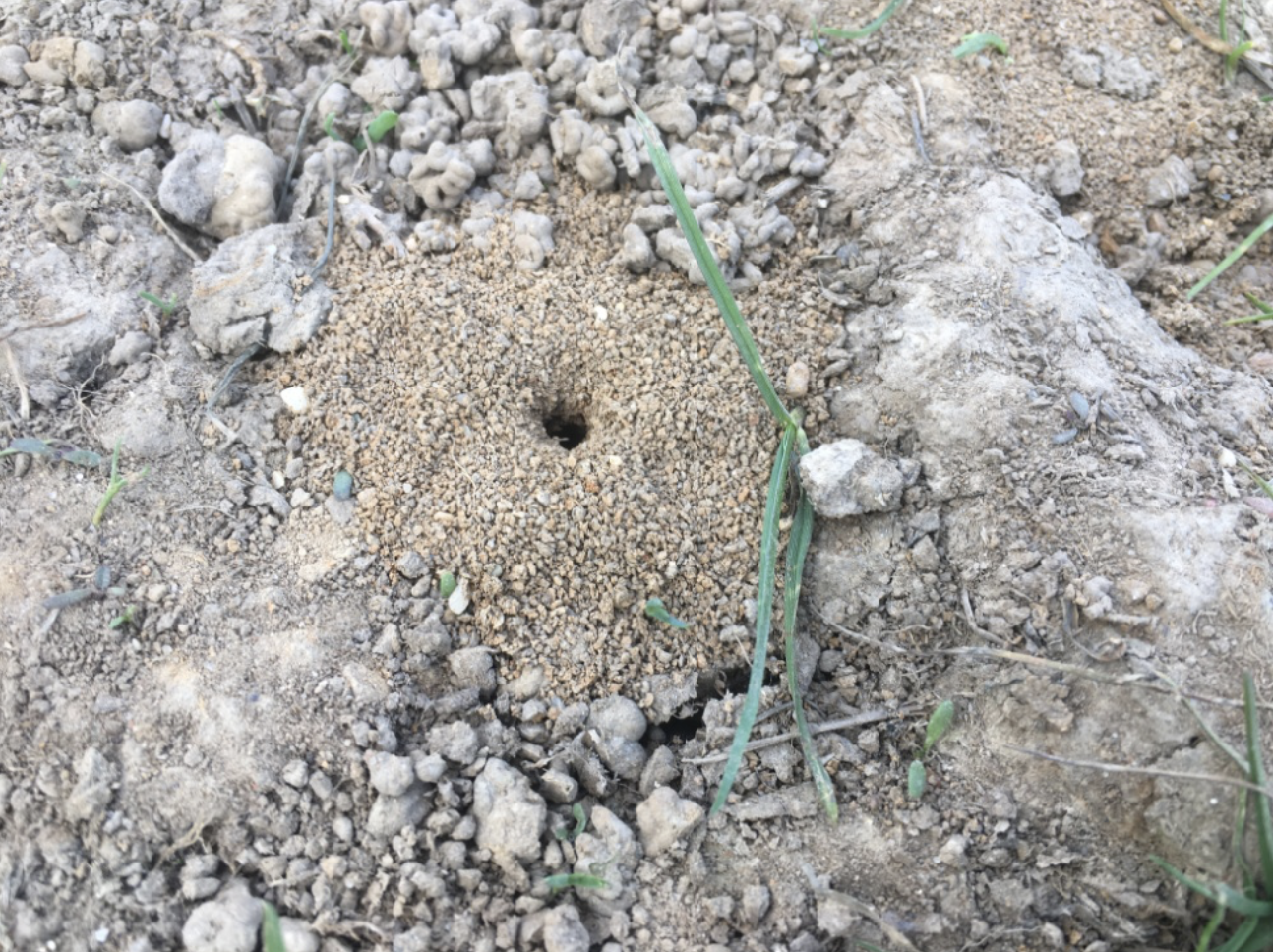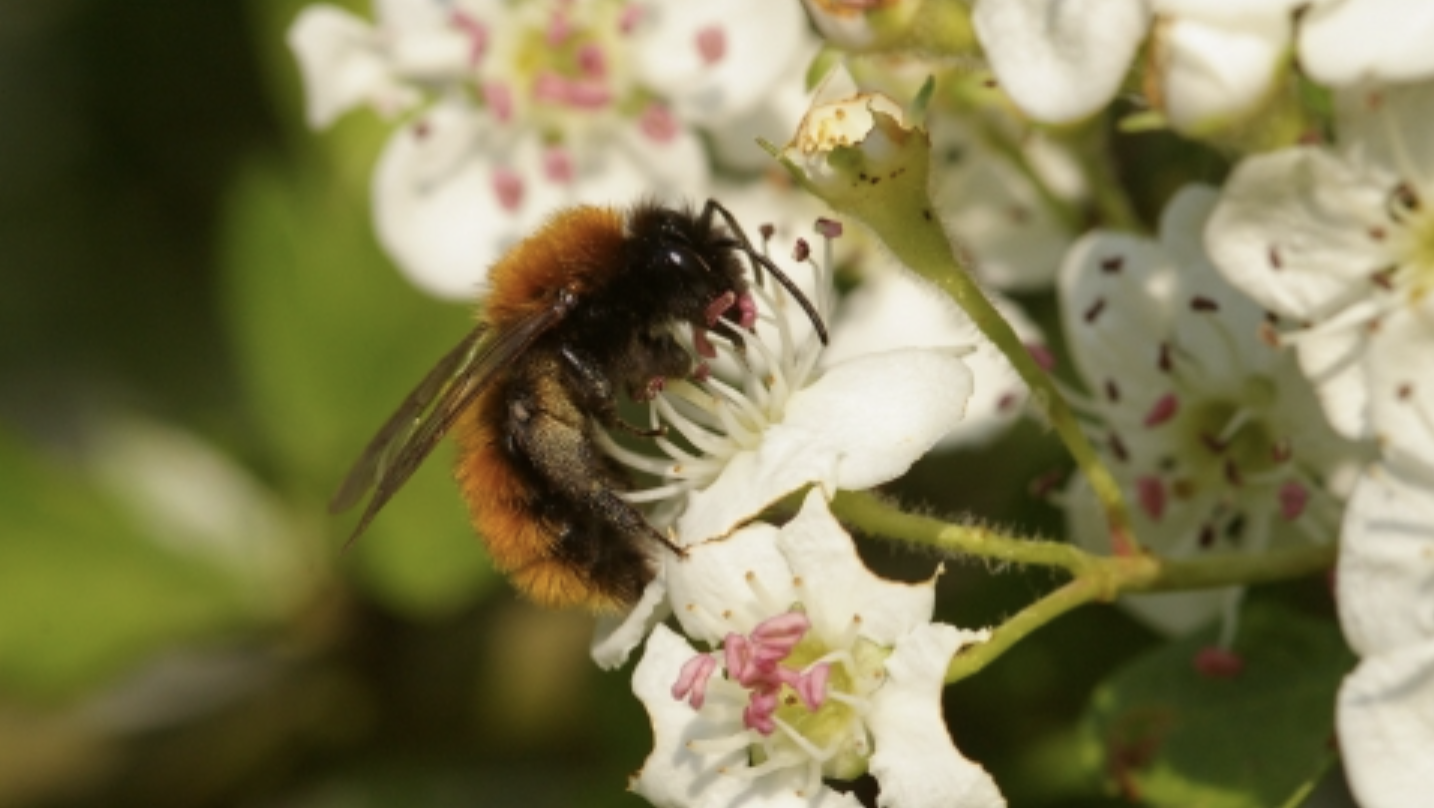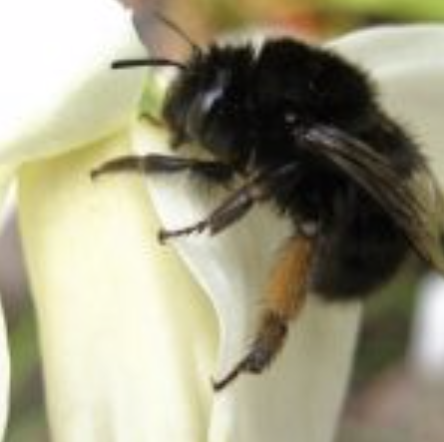I am Rob Hopkins and have been involved with Friends of Attenborough’s Fields since we were formed over 25 years ago, my passion for the countryside started with my involvement locally which gave me the incentive to retrain in nature conservation, for the previous 18 years I have been very fortunate in working for the Herts and Middlesex Wildlife Trust.
In these very sad, worrying and uncertain times, I have found the outside and natural world a great comfort, my job has been furloughed- so like many people I have lots more time to think, concentrate, look and listen.
We are very fortunate in Oxhey in having good access to high-quality countryside with Attenborough’s fields owned by Herts County Council and the Woodland Trust’s Merry Hill reserve.
Over the next few weeks, I have decided to put into words some of the wonderful things the natural world can offer on your doorstep i.e in your garden or when taking your exercise maybe walking in Attenborough’s fields. Maybe you can go and have a look yourself.
This first instalment I have been thinking about bees and other pollinating insects you may be able to see. Bees have had lots of publicity in recent years and their importance in pollination for much of the food we eat- from apples to beans and tomatoes to berries and lots more.
The honey bee is the best known and of course you will notice bumblebees bumbling around the garden, however, there are hundreds and maybe thousands of other insects which help pollinate.
One large group of fairly discreet insects are the mining bees, with 250 species found in the UK. Don’t panic these are harmless and will not sting you.
On my daily walk the other day, which was warm and sunny. I noticed a large aggregation of nests under my feet about 30m South-East of the entrance next to the playground on Oxhey green, look at the bare ground which was claggy mud only a few weeks ago and you will see a small city of dwellings like this one in the photo, you should find dozens of them.

These holes were dug out by the hard-working females! The males die off soon after breeding and the female lays eggs in the nest surrounded by pollen. There are a number of species down there- the larger ones you may see if you look closely are the black and grey striped Ashy mining bee and the very smart orange bodied tawny mining bee.

Photo courtesy of The Wildlife Trusts
If you are unable to access the fields and are lucky enough to have a garden you may be seeing a variety of bees now, one of the earliest which flies from late February even on pretty chilly days are the charmingly named Hairy footed flower bees, another mining bee, these are still very active with fast jerky flight, and look like a small bumblebee. They have really long tongues which allow them to access deep tubular flowers, such as lungwort, dead nettle family or Ribes ( flowering currant) there is a nice one of these next to the Lower Paddock Road allotment shop, worth having a look at if passing. The female is black with orange on her hind leg, the male ginger and brown.

Photo: Ken East, Bumblebee Conservation Trust
Although like all mining bees they do not form colonies like honey bees, there may be many females nesting in holes in close proximity. These holes are often located in the masonry of buildings, often around the chimney. I built a kingfisher bank with volunteers at Stockers Lake in Rickmansworth 2 years ago out of cob ( clay, sand and straw) no kingfishers yet but a nice big group of HF flower bees with 50 holes dug into the cob wall .
Wishing you all good health and hope you can get out to enjoy nature.
You must be logged in to post a comment.